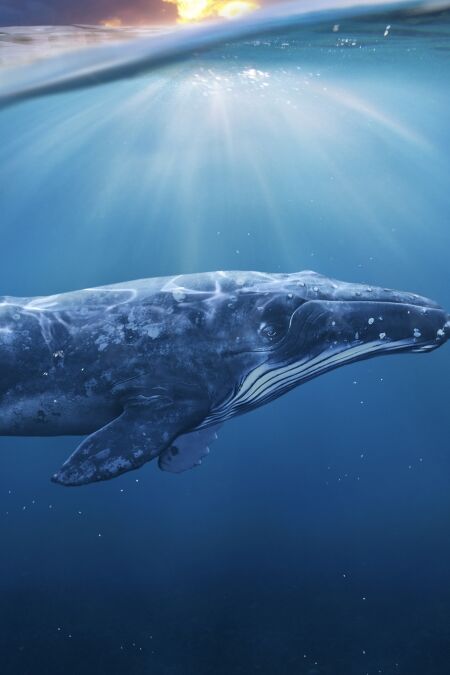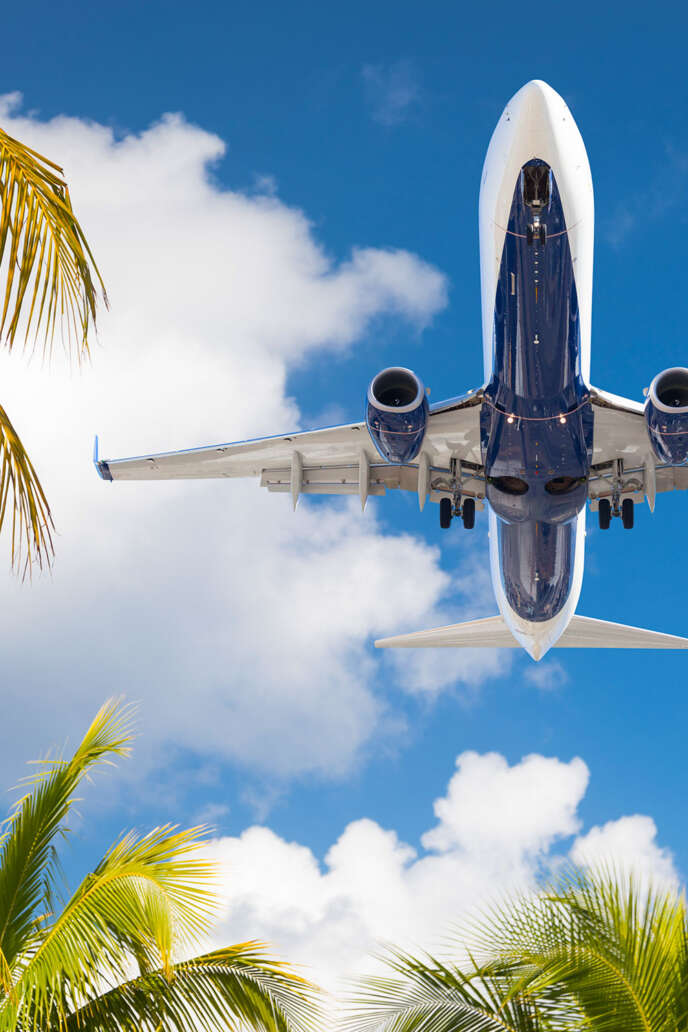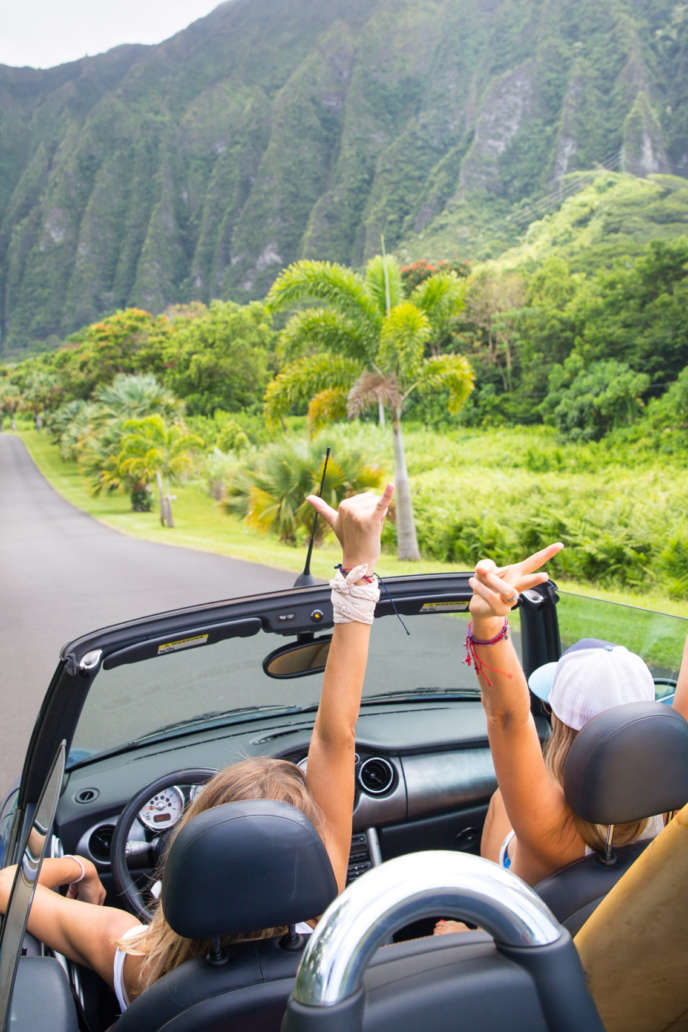On the eastern tip of Hawaii’s Big Island, Puna is a region enveloped in mystique, marked by its vibrant tapestry of geological marvels, rich cultural heritage, and diverse ecosystems. This hidden gem, less traversed by the typical tourist, offers an intimate glimpse into the primal forces shaping our world, from its active volcanoes and geothermal vents to the lush rainforests that whisper tales of ancient Hawaii. As we delve into the heart of Puna, we’ll explore its lava landscapes and natural wonders, immerse ourselves in the local culture and traditions, and embark on adventures that highlight the area’s ecological significance.
Highlights
- Puna is home to some of the most breathtaking volcanic landscapes in the world, including the Kilauea volcano, one of the most active volcanoes on Earth. Visitors can experience the raw power of nature by exploring lava fields, volcanic craters, and steam vents.
- The area’s numerous hiking trails lead adventurers through dense jungle scenery, past cascading waterfalls, and along scenic coastlines.
- Relax and rejuvenate in Puna’s natural hot springs.
- Explore art galleries, attend workshops, and participate in wellness retreats that tap into the region’s tranquil vibe and natural beauty.
- Touring local farms and tasting their produce is a delightful experience for foodies and those interested in sustainable agriculture.
- From hidden beaches and secret lava tubes to small local markets and communities, Puna provides a glimpse into the authentic Hawaiian lifestyle.
History
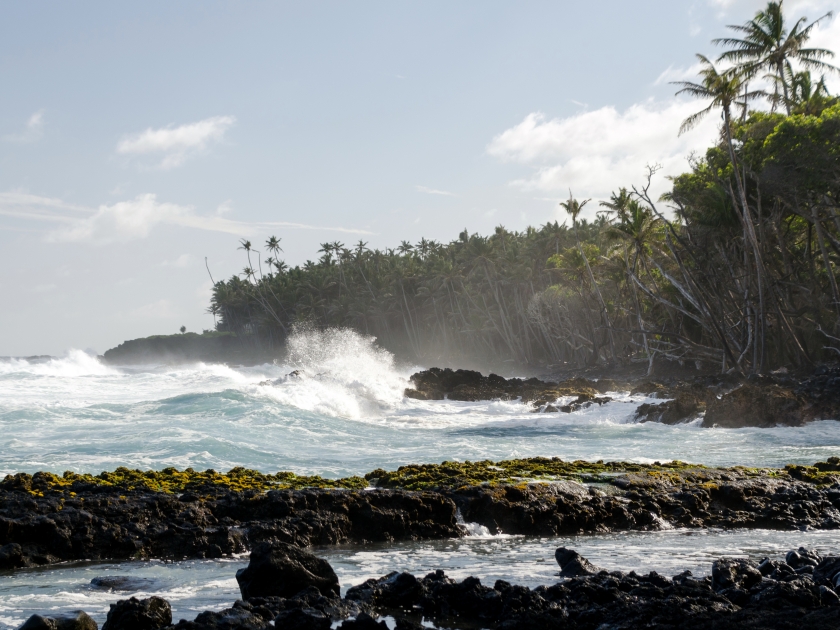
Early Inhabitants and the Foundation of Society (300 AD Onwards)
The history of Puna, situated on the Big Island of Hawaii, is deeply rooted in the arrival of Polynesians around 300 AD. These early inhabitants established a thriving society, intricately connected to the land and its resources. They developed a complex social structure that laid the groundwork for the cultural richness the region is known for today.
Legends and the Power of Nature
Central to Puna’s cultural narrative is Pele, the revered volcano goddess. Hawaiian legends richly embroider the tapestry of Puna’s history, with volcanic activity considered a manifestation of Pele’s influence. This ever-present force of nature has continuously reshaped the landscape, imbuing the region with a sense of dynamic transformation and spiritual significance.
Western Contact and Environmental Change (18th Century)
The 18th century brought Western explorers to Puna, introducing a period of significant change. The exportation of sandalwood emerged as a major industry, though it led to considerable environmental damage due to deforestation. Following this era, cattle ranching and coffee cultivation began to take root, marking new chapters in Puna’s economic and environmental landscape.
The Sugarcane Era and Its Legacy (Late 19th Century - 1984)
By the late 19th century, sugarcane cultivation had become the cornerstone of Puna’s economy. The Puna Sugar Company played a pivotal role until the industry’s decline, with the last sugarcane plantation closing in 1984. This closure signified a turning point, leading to a reevaluation of the region’s economic foundations and environmental practices.
Puna Today: A Haven of Natural Beauty and Cultural Richness
In contemporary times, Puna is celebrated for its stunning natural beauty, characterized by active volcanic landscapes, enchanting black sand beaches, and a distinct, free-spirited ambiance. The region has also emerged as a vibrant center for art and culture, reflecting a deep respect for its historical roots while embracing the diversity and creativity of its residents. Puna’s unique blend of natural wonder, cultural heritage, and artistic expression makes it a captivating destination for visitors and a cherished home for those who reside there.
The Natural Beauty of Puna
Lava Landscapes and Geothermal Wonders
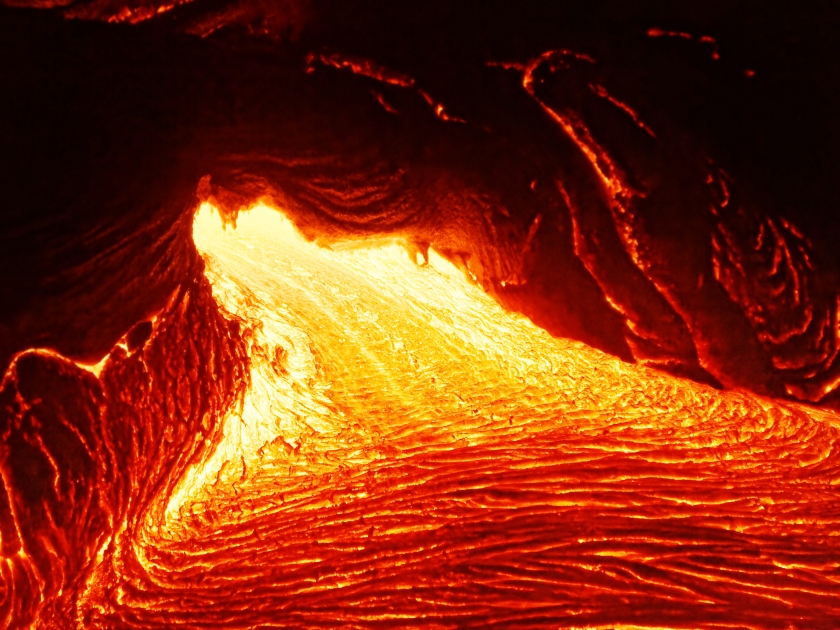
Puna is a land sculpted by the fiery heart of the earth, home to some of the most dynamic volcanic landscapes in the world. At the forefront is Kilauea, one of the most active volcanoes on the planet, whose eruptions have shaped the terrain with majestic lava flows and created a mesmerizing patchwork of creation and destruction. Dotting the landscape, natural geothermal vents release steam into the air, a testament to the powerful forces at work beneath the surface. These geothermal wonders not only sculpt the land but also offer a rare glimpse into the earth’s inner workings, making Puna a must-visit for those fascinated by the planet’s geologic might.
Tropical Forests and Coastal Views
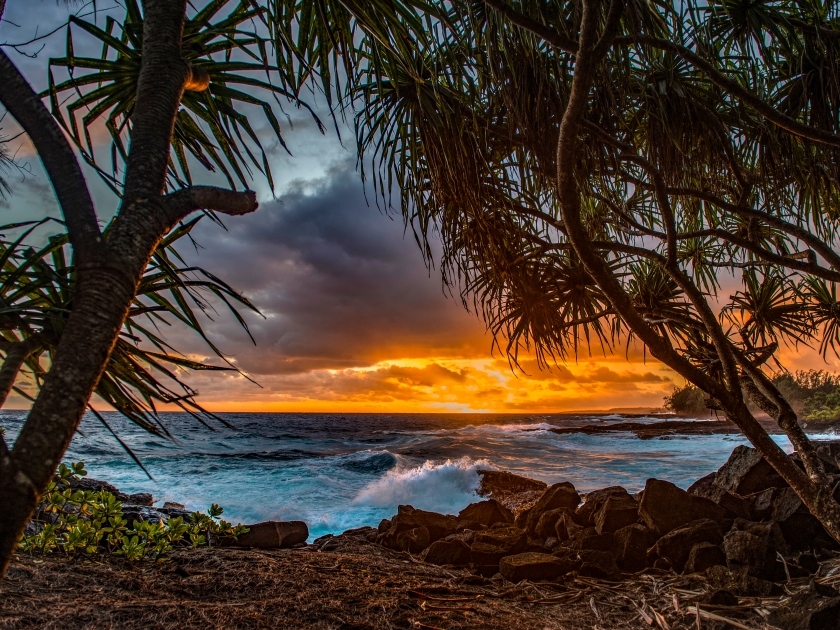
Beyond its volcanic fury, Puna reveals a softer, verdant side through its expansive tropical forests and stunning coastal vistas. The region is interwoven with dense jungles that teem with diverse flora and fauna, offering a stark contrast to the stark lava fields. Scenic drives through these lush landscapes lead to breathtaking coastlines, where the azure waters of the Pacific meet rugged cliffs and black sand beaches. This juxtaposition of forest and ocean not only showcases the natural beauty of Puna but also highlights the island’s remarkable ecological diversity.
Hot Springs and Natural Pools
Amidst the raw landscapes of Puna lie serene pockets of relaxation and natural beauty: the hot springs and tide pools. Ahalanui Park, known for its geothermally heated waters, is a perfect example of a nature spa, offering visitors the chance to soak in warm, mineral-rich waters while surrounded by the island’s lush beauty. These natural pools, formed by volcanic activity and fed by the ocean’s tides, provide a unique swimming experience, where the warm waters of the springs meet the cool currents of the sea. Whether for relaxation or exploration, Puna’s hot springs and natural pools are treasures that embody the island’s magical confluence of fire, water, and life.
Things to Do
Hiking and Exploration
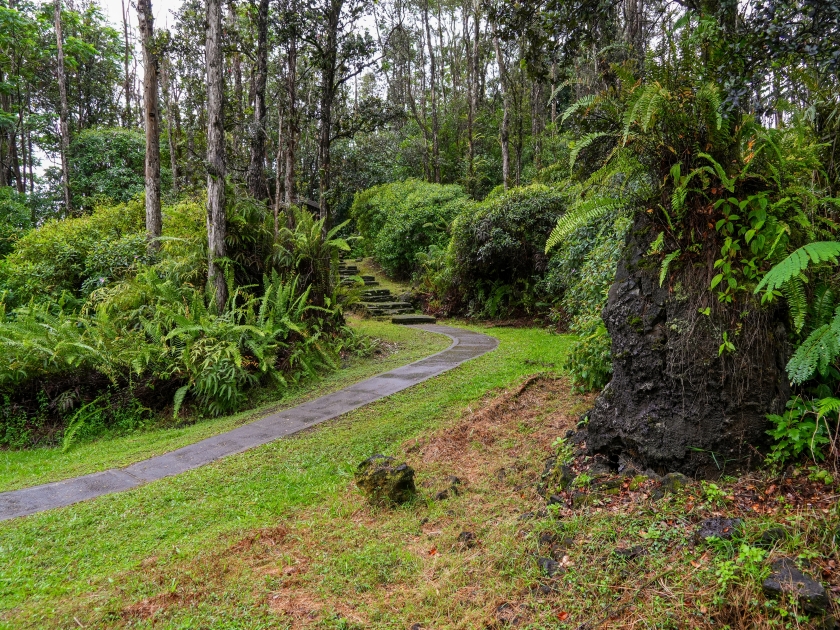
Puna’s rugged terrain and unique geological features make it a prime destination for hikers and adventurers seeking to explore the untouched beauty of Hawaii. Among its many trails, the path through Lava Tree State Monument stands out, offering a surreal landscape where lava once encased the trees, leaving hollow, lava rock molds in their wake. This park, along with numerous other trails winding through tropical forests and past volcanic craters, provides a window into the island’s dynamic natural forces. From leisurely walks that reveal hidden waterfalls to challenging treks across ancient lava flows, Puna’s trails invite exploration and discovery, catering to adventurers of all levels.
Water Sports and Beaches
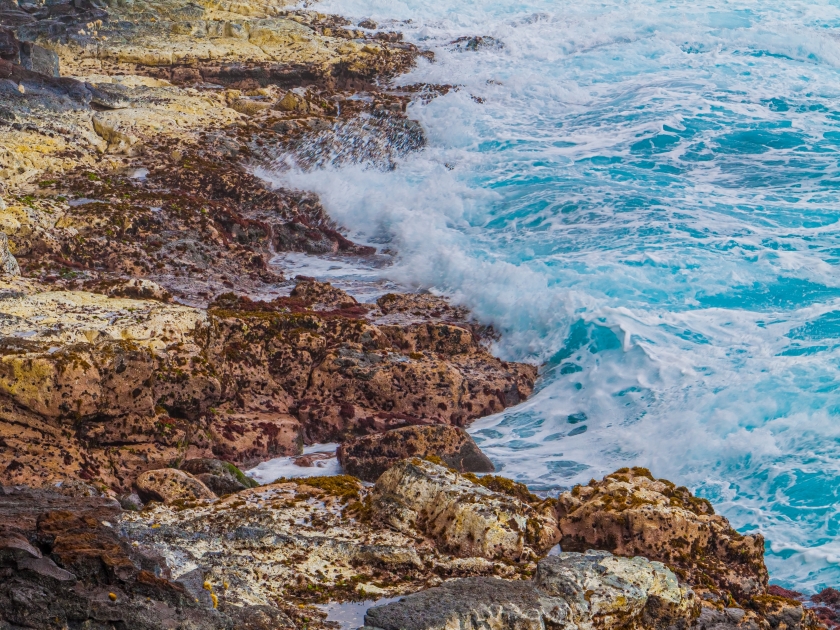
The coastal areas of Puna are a paradise for water sports enthusiasts, offering a diverse array of activities set against the backdrop of the Pacific Ocean’s vast beauty. Snorkeling in tide pools reveals a mesmerizing world of marine life, while the region’s surf spots cater to both beginners and experienced surfers alike. Puna’s beaches, ranging from black sand shores to secluded coves, are among the island’s best-kept secrets, offering tranquility and stunning natural scenery. Whether it’s paddleboarding at sunrise or diving into the rich underwater ecosystems, the waters of Puna provide endless opportunities for adventure and relaxation.
Local Art and Music Scene
The spirit of Puna is vividly reflected in its thriving art and music scene, a testament to the creativity and resilience of its residents. Artists and musicians are drawn to the area’s raw beauty and vibrant community, fostering an environment where creativity flourishes. From intimate galleries showcasing local artworks to lively music festivals that echo the island’s diverse influences, Puna is a hub for cultural expression. Events like the Puna Music Festival celebrate the area’s artistic diversity, while local venues regularly host performances that range from traditional Hawaiian music to contemporary sounds, highlighting the dynamic cultural landscape of the region.
Community Markets and Organic Farms
In Puna, sustainability is not just a concept but a way of life. The community’s commitment to preserving their environment and supporting local economies is evident in the numerous markets and organic farms scattered throughout the region. These markets are a vibrant showcase of Puna’s bounty, offering everything from freshly picked produce to handmade crafts, all sourced locally. Organic farming practices are embraced by the community, reflecting a deep respect for the land that sustains them. Through these efforts, Puna not only provides for its residents and visitors but also stands as a model of sustainability and self-sufficiency, reinforcing the importance of connection to the land and each other.
Tips for Visiting
- Plan for Weather Variability: Puna’s weather can change quickly, so pack for both rain and sunshine, including waterproof gear and sunscreen.
- Respect Local Guidelines Around Volcanic Areas: Stay informed about volcanic activity and heed all warnings and closures for your safety.
- Explore Beyond the Beaten Path: Venture beyond popular tourist spots to discover hidden gems like secluded beaches and lesser-known trails.
- Support Local Businesses: From dining at local eateries to shopping at community markets, supporting local businesses enriches your experience and contributes to the economy.
- Stay Hydrated and Prepared for Outdoor Adventures: Bring plenty of water, snacks, and a first-aid kit when hiking or exploring remote areas.
- Respect Wildlife and Natural Habitats: Observe wildlife from a distance and do not disturb their natural environments.
- Practice Leave No Trace Principles: Keep Puna beautiful by carrying out all trash and minimizing your environmental impact.
- Engage with the Community: Attend local events or markets to learn about Puna’s culture and meet its residents.
- Be Mindful of Ocean Safety: Heed ocean conditions and signs, and always swim in designated areas.
- Learn About Hawaiian Culture and History: Take the time to understand the significance of places you visit to appreciate Puna’s rich heritage deeply.
- Consider Eco-Friendly Tours and Activities: Choose activities that promote sustainability and respect for the environment.
- Prepare for Limited Cell Service in Remote Areas: Download maps and important information ahead of time as some areas have limited connectivity.
- Check Road Conditions: Some areas, especially near volcanic sites, may have road closures or restrictions.
Frequently Asked Questions (FAQs)
Puna is renowned for its breathtaking natural landscapes, including lush rainforests, volcanic fields, and unique geological features. It’s a hotspot for eco-tourism, offering visitors the chance to explore the Hawaii Volcanoes National Park, hot springs, and black sand beaches.
Puna is located on the easternmost tip of the Big Island of Hawaii, United States. It is bordered by the Pacific Ocean to the east and encompasses the southeastern side of the island, including a portion of Hawaii Volcanoes National Park.
Puna is generally safe for tourists and residents alike, with standard safety precautions recommended for natural environments and volcanic activity. Visitors should stay informed about volcanic alerts and respect all safety advisories and closures, especially near the Kilauea volcano and lava flows.
The most common way to get to Puna is by flying into Hilo International Airport (ITO) on the Big Island of Hawaii and then driving to the Puna district. The area is well-connected by roads, and car rentals are available at the airport for easy access to Puna’s attractions.
Top attractions in Puna include the Lava Tree State Monument, Ahalanui Park’s geothermal hot ponds, the black sands of Kehena Beach, and the thriving Pahoa town with its rustic charm. The area’s natural beauty and unique volcanic features draw visitors from around the world.
The best time to visit Puna is during the dry season, from May to October when the weather is sunny and conducive to outdoor activities. However, Puna’s climate is relatively stable year-round, making it a great destination at any time, with slightly wetter conditions expected from November to April.
How To Get There
By Car
To reach Puna on the Big Island by car from the Hilo International Airport, begin by exiting the airport and taking Highway 11 (also known as the Hawaii Belt Road) south towards Keaau. At the Keaau Bypass, continue onto Highway 130, which will lead you directly into the heart of Puna. The drive offers scenic views and takes approximately 45 minutes to an hour, depending on traffic and weather conditions.
By Bus
For those opting for public transportation, the Hele-On Bus offers routes connecting Hilo to various destinations within the Puna district. From the Hilo Bus Terminal, you can catch a bus that heads directly to Puna. It’s important to check the latest schedule and routes on the Hele-On Bus website, as services can vary. The bus ride offers an economical and environmentally friendly way to explore the area, though it might take longer than driving.
The Enchantment of Puna Awaits!
From the mesmerizing dance of volcanic landscapes to the serene embrace of its lush forests and spirited waters, Puna offers an immersive journey into the essence of island life. As we invite you to explore this remarkable region, we urge you to tread lightly, honoring the traditions, ecosystems, and communities that make Puna uniquely captivating. Are you ready to discover its wonders? Visit now!


